This page contains the experiments covered in the Apologia Marine Biology curriculum course. This course (below) came about due to a huge number of requests I’ve had from parents that specifically use this curriculum and report their students are either “not getting it” or just so bored that they are resisting learning at all. Even if you don’t use this particular text, you can still work your way through this course and get a lot out of it using the experiments described below.
The experiments listed below are those found in the textbook, so all you have to do is click the link below and watch the step by step instructional videos for each experiment. There’s several different experiments to choose from! Most experiments have data logs and worksheets with them as well in addition to exercises to answer with each one.
This Marine Biology course from Apologia is ideal for high school juniors or seniors who have completed first-year biology and would like to pursue marine biology or another field in life science. The course focuses on marine wildlife and habitats and covers biological kingdoms, microscopic organisms, marine creature anatomy, and several different ocean ecosystems. You can purchase the textbook here. We’ve added extra experiments in addition to the ones in the book, so look them over and see which experiments you’d like to do, and then see if you can figure out way to perform the experiment with the materials and equipment you already have. Have fun!
Exploring Creation with Marine Biology
Work your way through the experiments listed below.
If you feel you’d like to go further, feel free to visit Units 16-19 for more experiments and key concepts.
Module 1: |
|
|---|---|
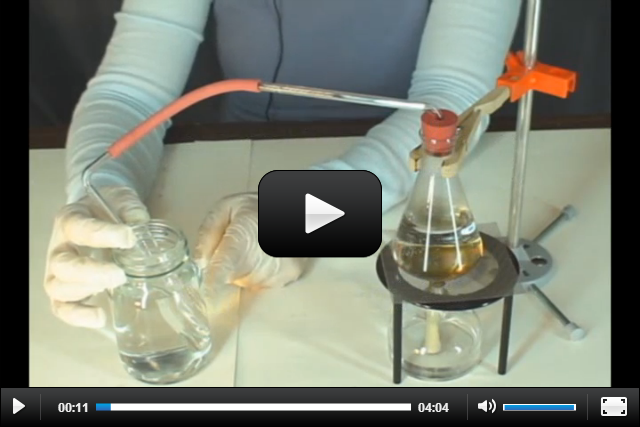 |
Desalination: Lewis and Clark did this same experiment when they reached the Oregon coast in 1805. |
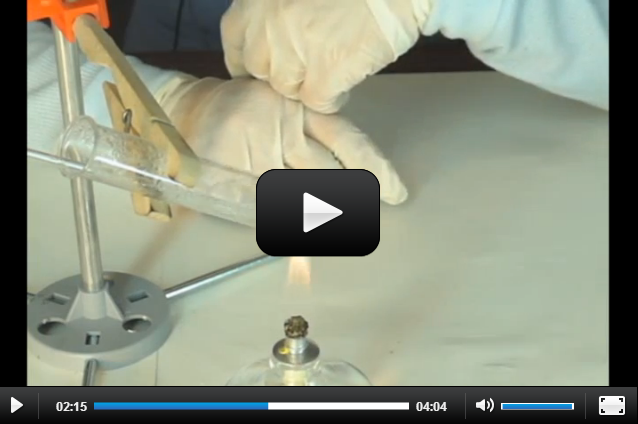 |
Removing the salt from the ocean: Have you ever taken a gulp of the ocean? Seawater can be extremely salty! There are large quantities of salt dissolved into the water as it rolled across the land and into the sea. |
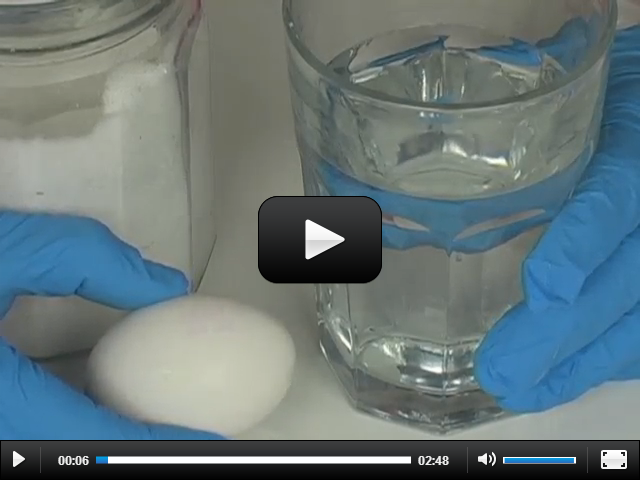 |
Salty Eggs: Did you know that most people can’t crack an egg with only one hand without whacking it on something? The shell of an egg is quite strong! Try this over a sink and see if you can figure out the secret to cracking an egg in the palm of your hand… |
 |
Waves: This experiment isn’t just one experiment – it’s a whole section for more advanced students about the properties of waves. It’s really a sub-course all in itself. You’ll need the upper level subscription to access this section. |
Module 2: |
|
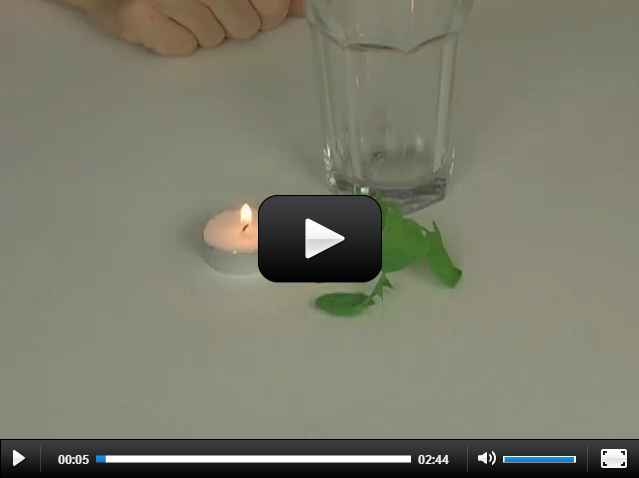 |
Photosynthesis: Photosynthesis is a process where light energy is changed into chemical energy. As we said in the last section, this process happens in the chloroplast of plant cells. |
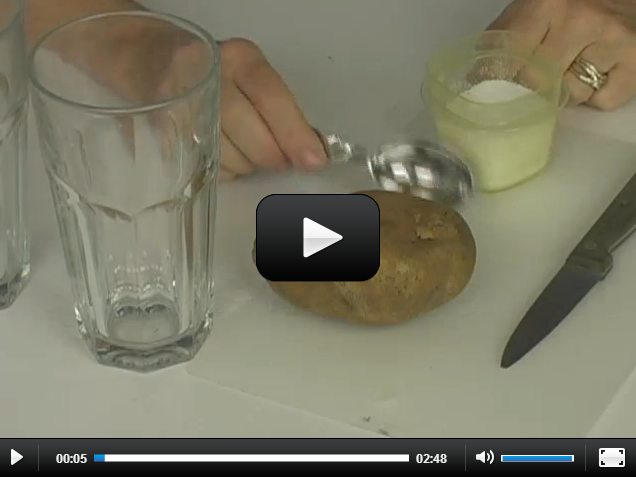 |
Osmosis: One way substances can get into a cell is called passive transport. One special kind of passive transport is osmosis, when water crosses into the cell. Also be sure to check out the experiment on Cool Carrot Osmosis. |
Module 3: |
|
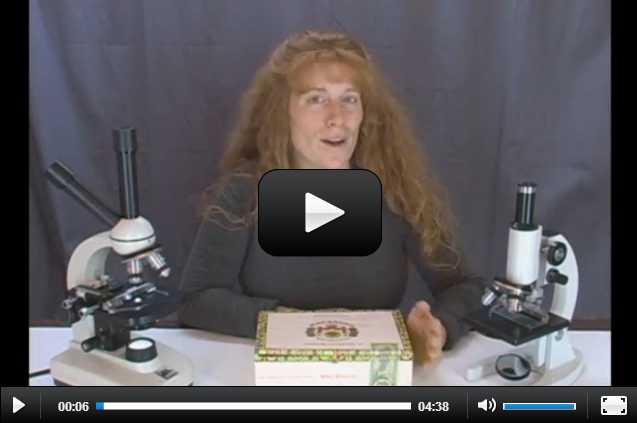 |
Algae: This is an introduction to the microscope, and we’re going to not only how to use a microscope but also cover the basics of optics, slide preparation, and why we can see things that are invisible to the naked eye. |
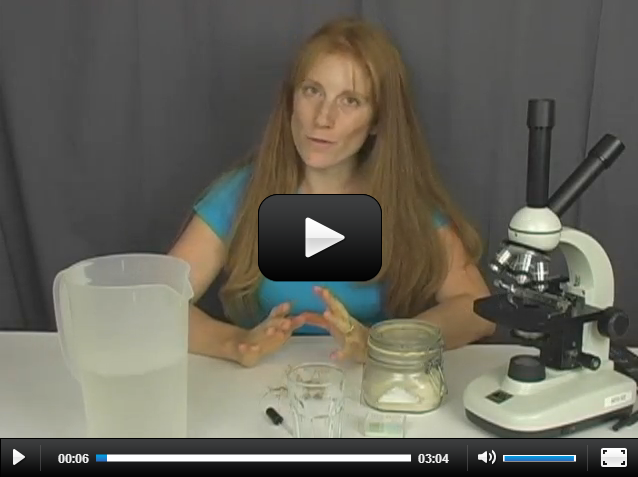 |
Protozoa: This experiment allows you to see protozoa, tiny-single celled organisms, in your compound microscope. While I can go in my backyard and find a lot of interesting pond scum and dead insects, I realize that not everybody has a thriving ecosystem on hand, especially if you live in a city. |
Module 4: |
|
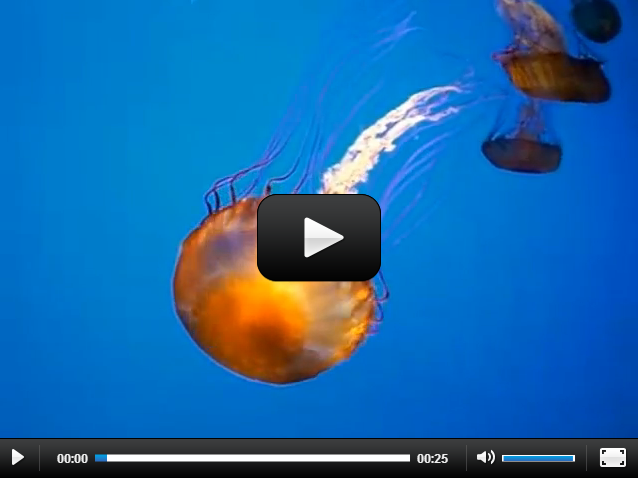 |
Sponges: Invertebrates are organisms without backbones. Let’s look at two very simple types of invertebrates; Sponges and Cnidarians. |
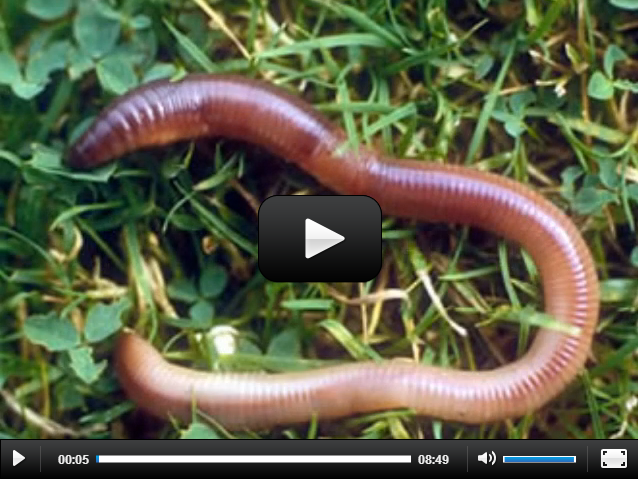 |
Worms: Here we’re going to discuss the differences between three types of worms; flatworms, roundworms, and segmented worms. |
Module 5: |
|
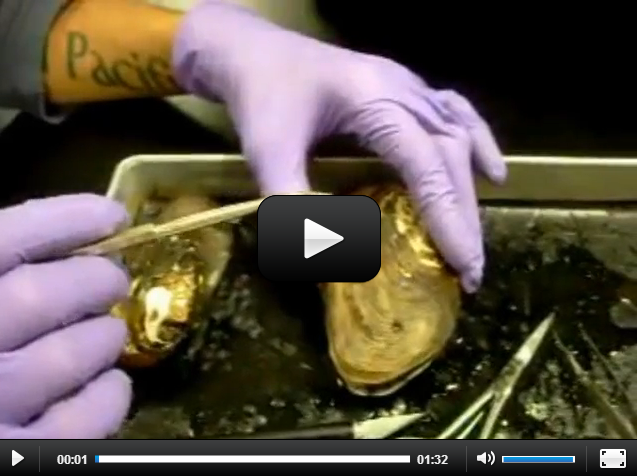 |
Clam: You can dissect a freshwater clam right at home using this inexpensive clam specimen and simple dissection tools! |
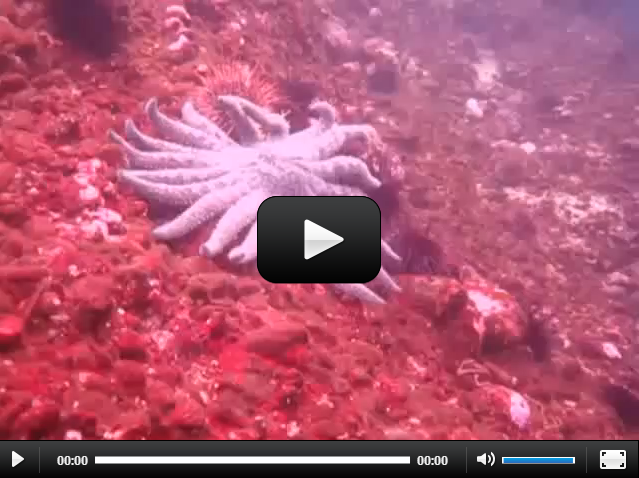 |
Echinoderms: Echinoderms, meaning “spiny skin”, are radial symmetric marine animals. They are found at all depths—both shallow and deep water. |
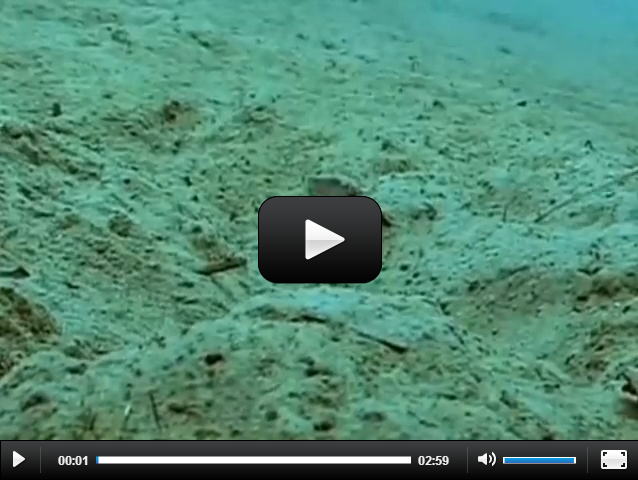 |
Molluscs: I have to admit, one of my all-time favorite animals is the octopus. It’s not only an invertebrate, but amazingly intelligent and can be poisonous (like the blue-ring Octopus shown here) or not. |
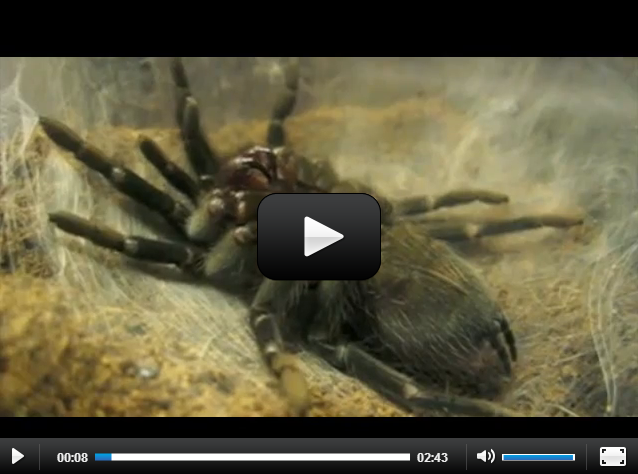 |
Arthropods: Arthropods, organisms in the phylum arthropoda, are organisms with segmented bodies and appendages on at least one segment. |
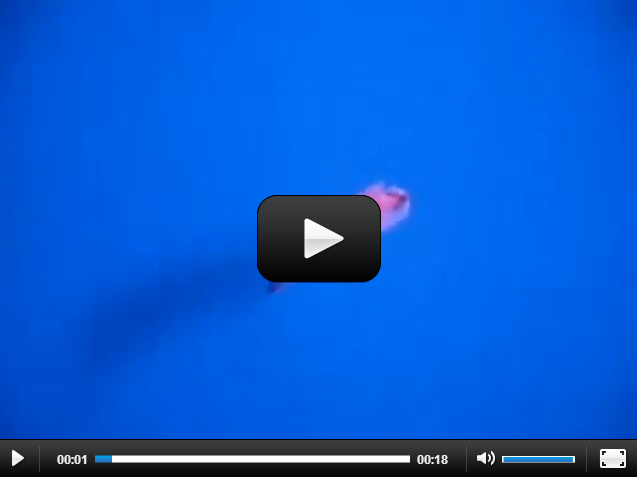 |
Sea Angel: Sea angels used to be known as a pteropod (small swimming sea slugs), but now are recognized as pelagic marine opisthobranch gastropod molluscs. Sea angels, also called cliones, live all over the world, both in polar and equatorial seas. |
Module 6: |
|
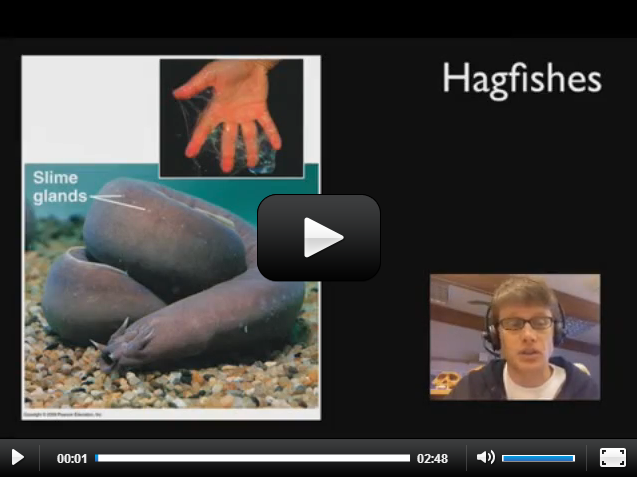 |
Jawless Fish: There are 57,739 species of vertebrates. The majority of these vertebrates can be classified as fish. This includes jawless species of fish and cartilaginous fishes. |
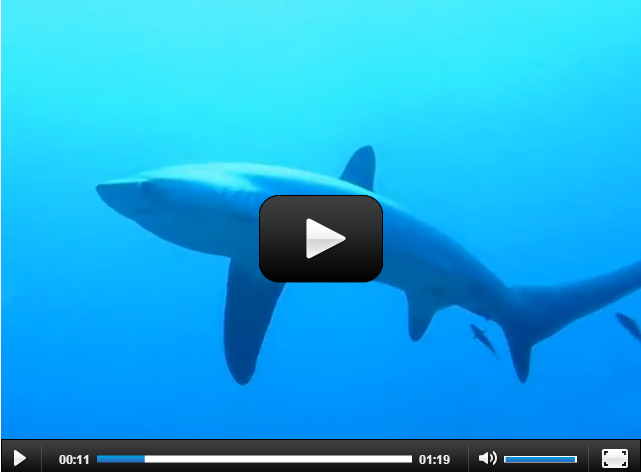 |
Shark: The cartilaginous fishes are a group of about 1,000 species and share many things in common, including the presence of jaws, paired fins, a two-chambered heart, and bodies made of cartilage. |
Module 7: |
|
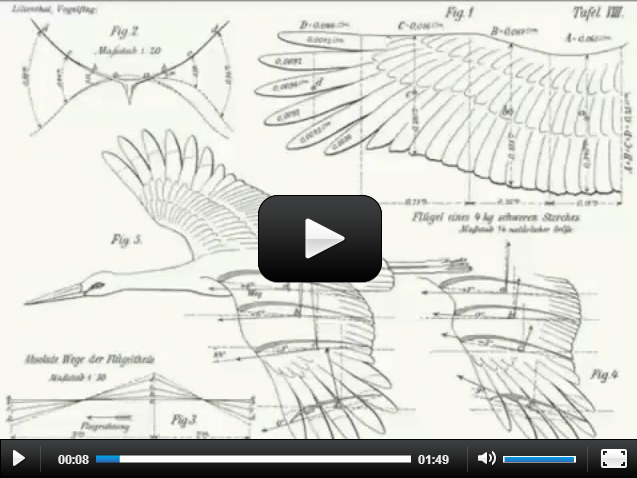 |
Birds: Imagine leaving your home every year and traveling hundreds of miles to a completely different place, only to return home later in the year. As amazing as this sounds, this is exactly what many species of birds do in a process called migration. |
Module 8: |
|
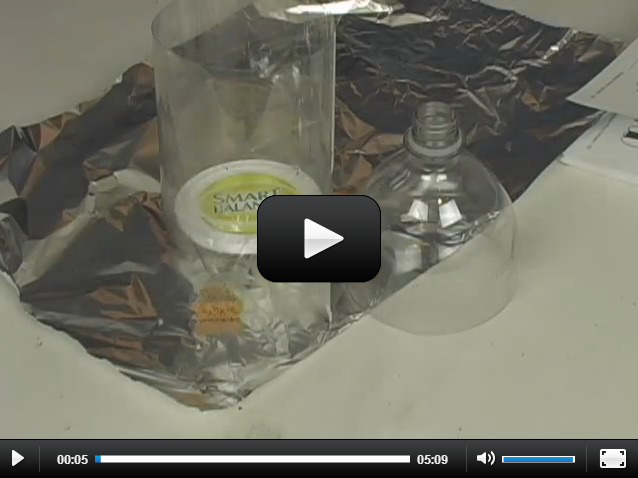 |
Predator-Prey Relationships: The way animals and plants behave is so complicated because it not only depends on climate, water availability, competition for resources, nutrients available, and disease presence but also having the patience and ability to study them close-up. There’s also a cool Terraqua Column experiment that goes well with this section! |
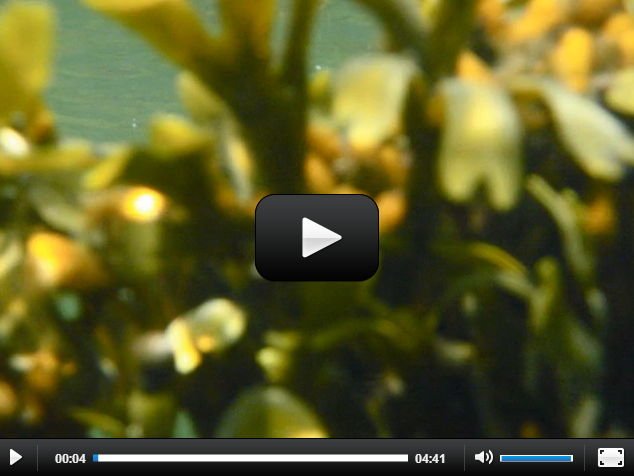 |
Symbiosis: As you walk around your neighborhood, you probably see many other people, as well as some birds flying around, maybe some fish swimming down a local stream, and perhaps even a lizard darting behind a bush or a frog sitting contently on top of a pond. |
Module 11: |
|
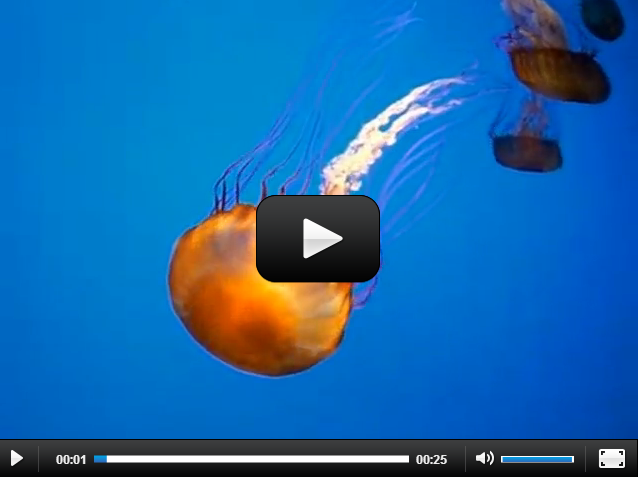 |
Coral: Invertebrates are organisms without backbones. Let’s look at two very simple types of invertebrates; Sponges and Cnidarians. |
Module 12: |
|
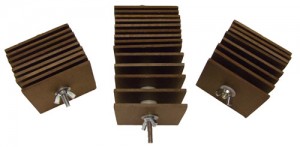 |
Hester-Dendy Sampler: The Hester-Dendy sampler makes it easy to collect marine samples. With some simple parts we can construct a device that we will leave in the water for a couple weeks. |
Module 13: |
|
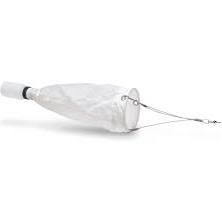 |
Plankton: What are the most important animals in the ocean? Whales? Sharks? Giant squids? Think smaller. Arguably, the most important animals in the ocean are found at the bottom of the food chain—the tiny creatures called plankton. |
Module 14: |
|
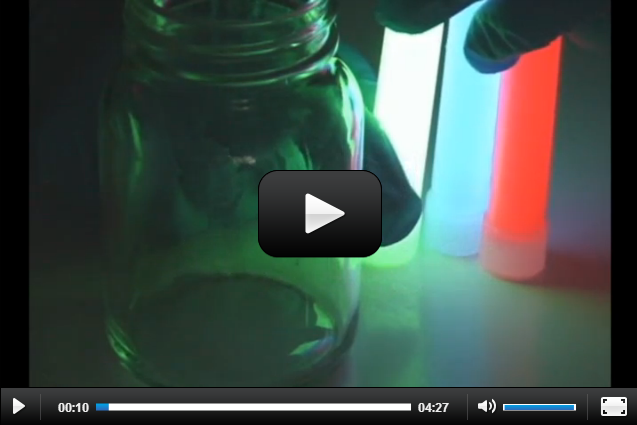 |
Cold Light: Here’s a trick question – can you make the color “yellow” with only red, green, and blue as your color palette? If you’re a scientist, it’s not a problem. But if you’re an artist, you’re in trouble already. |
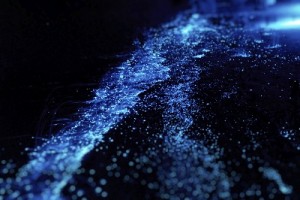 |
Photobacteria: Can your spit glow? Let’s hope not – because if it did, you’d have eaten fish contaminated by photobacteria! |
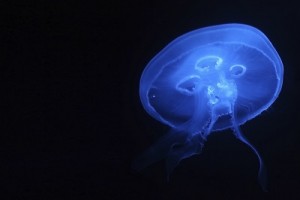 |
Glowing Worms: Some animals glow under ultraviolet light. Jellyfish are a prime example of these glowing animals. Under normal conditions, worms do not glow, but in this case… they do! |
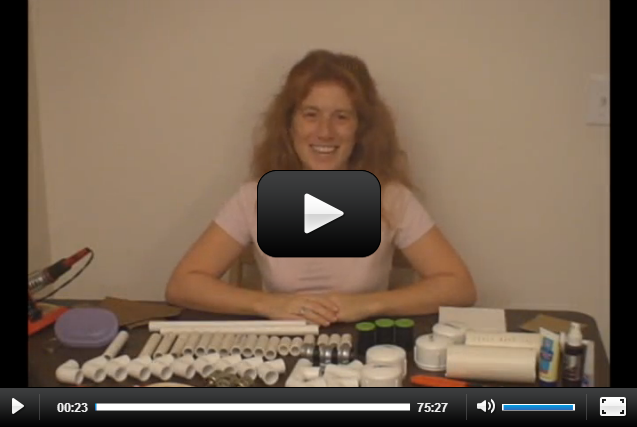 |
Build an ROV: Up until 200 years ago, people thought the oceans were bottomless. The diving bell was one of the first recorded attempts at undersea exploration, and was simply a five-foot inverted cup with viewing holes on a platform that lowered into the water, which allowed people to breathe the trapped air inside. |
Module 16: |
|
 |
Microscopes: This is an introduction to the microscope, and we’re going to not only how to use a microscope but also cover the basics of optics, slide preparation, and why we can see things that are invisible to the naked eye. Microscopes are basically two lenses put together to make things appear larger. |
Going Further
- Download Introduction to Physical Oceanography text (This is an upper level text for advanced students)
- MIT’s Marine Chemistry Course (another upper level course that includes audio MP3 lectures)
- Investigate careers in Marine Science! (Here too!)
- Birch Aquarium
- Monterey Bay Aquarium
Reading
The best way to learn a new subject, like Marine Biology, is to immerse yourself completely. Here are resources to help you do just that:
- Marine Biology Conservation Society
- Marine Biology
- Journal of Aquaculture and Marine Biology
- Marine Bio Association
- Journal of Marine Biology
- Journal of Marine Science
- Marine Chemistry
- Sea Research
- …and even more journals here!
